It’s All In Your Water
Filtering your drinking water can be an inexpensive and simple method of removing many aesthetic problems such as odor and color.
Availability: Web only
Filtering your drinking water can be an inexpensive and simple method of removing many aesthetic problems such as odor and color.
It also can reduce some unhealthy contaminants such as volatile organic compounds (benzene, trichloroethylene, chloro-benzenes, vinyl chloride) and other contaminants that originate from petroleum products. Filtering also can remove living contaminants such as Giardia and Cryptosporidium, along with some heavy metals.
You should have your water tested prior to purchasing any filters so you know what you need to remove. This publication will guide you through the selection of filters you may find at your local merchant.
Before purchasing a water filtration system, you need a water test. Water tests can be done for many contaminants, and some tests can be very expensive. Your nose can detect objectionable odors in water, but many laboratories are not capable of accurately measuring the source of the odor unless they use special sampling techniques. However, just the fact that you have an odor in the water may justify installing a filtration unit.
A reputable or certified laboratory always should do water testing. Prior to sending in your water sample, determine the contaminants for which you want your water tested. Water sampling requirements can vary among laboratories, so you should contact the laboratory to learn the correct way to take a water sample. Remember, thousands of substances can contaminate your water, and they all have slightly different chemical behavior. Proper sampling and handling for one type of contaminant may cause erroneous results for other types of contaminants.
Once you have the laboratory results in hand, make sure you understand the numbers. If you don’t fully understand the results, don’t assume anything. The testing laboratory will be able to answer your questions about your results. Understanding the laboratory results will help you select the best and most economical water treatment system. Sometimes just a single piece of equipment, such as an active carbon filter, is all you need to treat the problem. At other times, you may need completely different equipment or possibly a combination of equipment. This will depend on the type and amount of contaminants present in your water.
■ Sediment Filters
■ Activated-carbon Filters
■ Mixed Media
All filters are housed in specially designed containers with dimensions the manufacturer specifies to ensure the proper flow of water through the filter. Therefore, using these manufactured filters is important to ensure the filter fits the housing and does not allow water to bypass the filter.
As the name implies, these filters are designed to remove the large particles (sediment) from the water. Common sediments found in water are rust and soil particles. A whole-house sediment filter should be standard water treatment equipment in every house whether on a public water supply or a private well. A sediment filter should be the first device on the water supply line after the water meter on public water supplies or right after the pressure tank on private water systems.
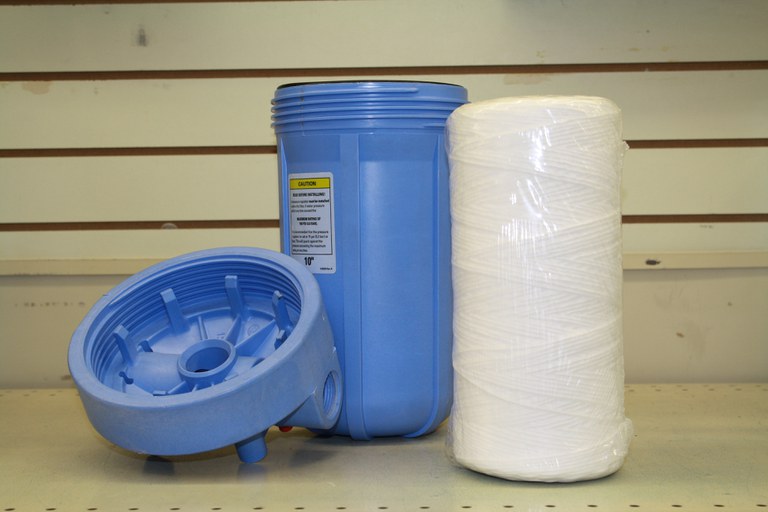
Figure 1. Whole-house filter housing with woven-string filter.
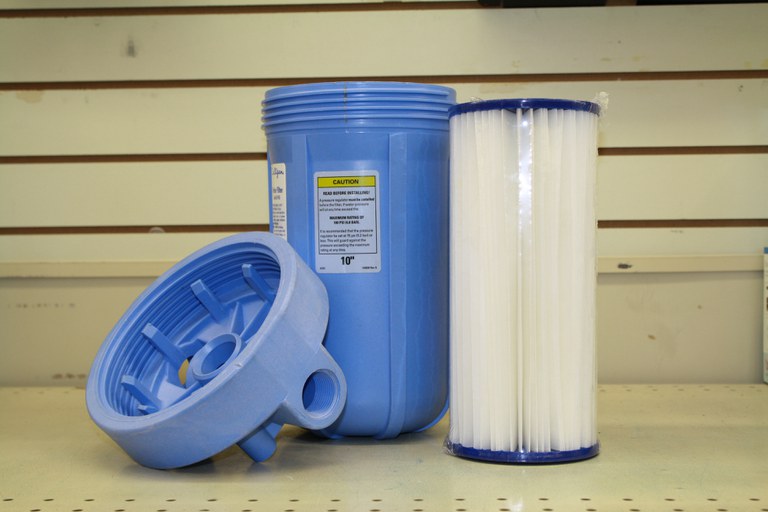
Figure 2. Whole-house filter housing with a pleated filter.
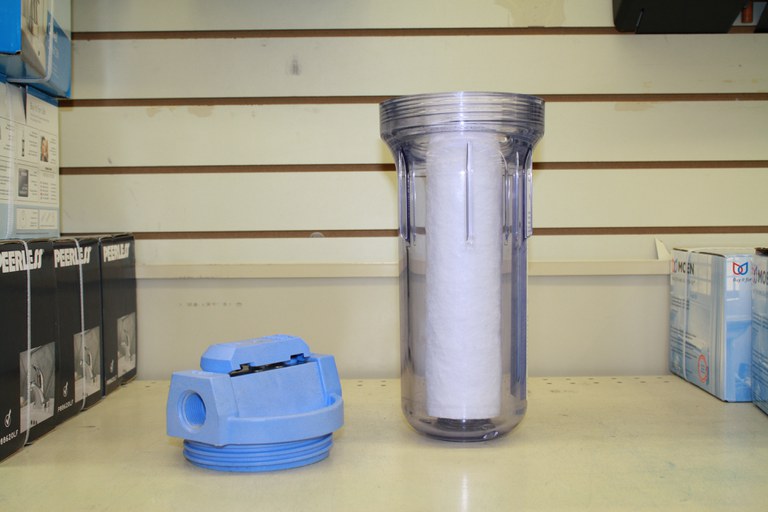
Figure 3. Clear whole-house filter housing allows you to see when filter is plugged.
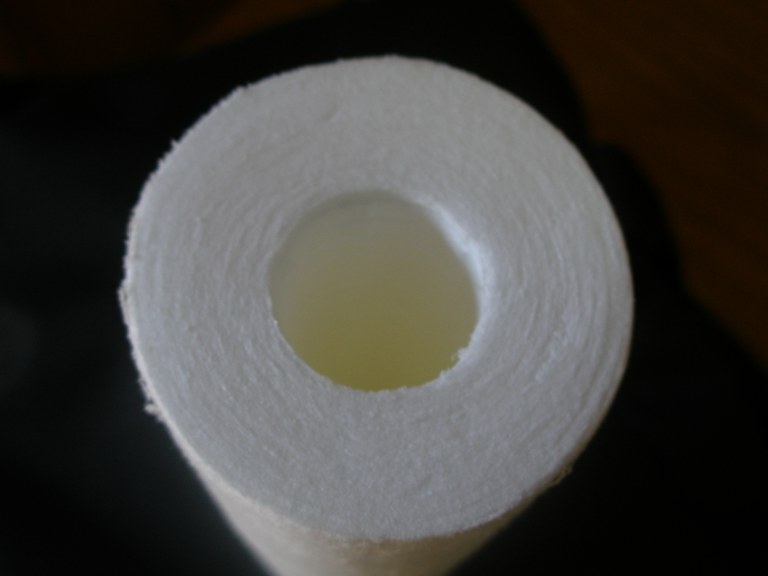
Figure 4. Close-up of a spun-polypropylene filter.
Sediment filters typically look like woven string (Figure 1), pleated paper (Figure 2) or spun polypropylene (Figure 3 and close-up Figure 4) are selected based on the particle size removed (for example, 2 microns to 100 microns). A small particle size (2- to 5-micron) filter has smaller pores and thus requires more pressure to push the water through the filtering material.
For public water supplies with rust or iron as sediment, a 15-micron filter should be sufficient. Private water systems from a drilled well can have relatively large particles along with fine iron particles and should have a filter with a 10- to 15-micron rating. Private water systems from dug or bored wells will require the finest filter available (2 microns) because fine clay particles are often present.
Activated-carbon Filters Activated-carbon (AC) filters (Figure 5, shown below) do not remove sediment or particulate material very well, so you may need to install a sediment filter before your AC filter. Doing this will extend the life of your AC filter by eliminating large contaminants that otherwise would clog the AC and reduce the contact area available for adsorption.
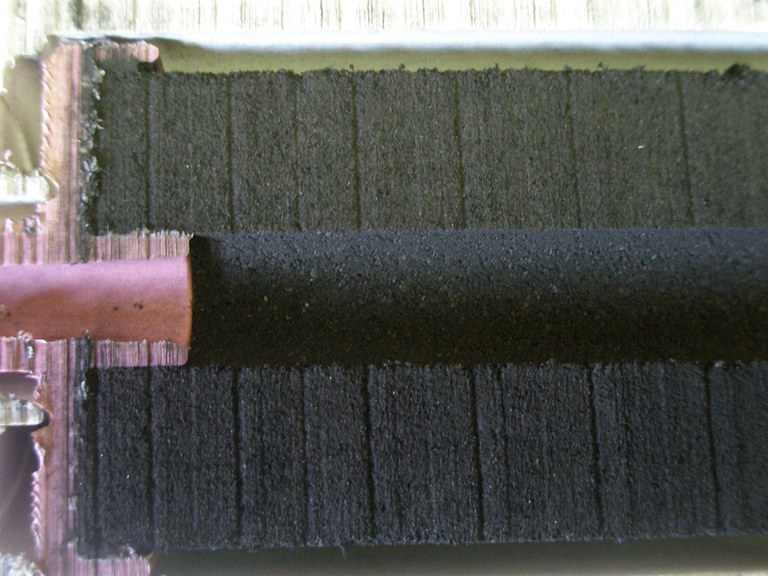
Figure 5. Cut away of activated carbon filter.
Activated carbon can be made from coal, wood or coconut shells. Carbon from coconut shells is the most expensive and most effective form. Carbon is “activated” by adding a positive charge, which enhances the adsorption of contaminants that have a negative charge. Some manufacturers use various blends of carbon to achieve specific water quality and contaminant reduction.
Three forms of activated carbon used in water filtration systems are granulated activated carbon (GAC), activated-carbon block and catalytic carbon. Catalytic carbon is an advanced activated-carbon product designed to adsorb chloramines. Chloramines replace chlorine in the disinfection process and have been found to form trihalomethanes (THMs), a cancer-causing substance. Catalytic carbons also may remove hydrogen sulfide gas, which produces the “rotten egg” smell in some well water.
While all are effective, activated carbon block filters generally remove more contaminants because of their greater surface area. The efficiency of these filters is determined by the length of time the contaminants are in contact with the carbon. The lower the flow rate of the water, the more time the contaminants will be in contact with the carbon and the more adsorption will take place.
Removal rates also are affected by the particle size. Activated-carbon filters usually are rated by the size of the particles they are able to remove, measured in microns, and generally range from 50 microns (least effective) to 0.5 micron (most effective). Before purchasing the unit, ask the dealer if the filter can be replaced, how often it should be replaced, where you can purchase replacement filters and how much they cost. Keep in mind that the suggested life of the carbon filter is an estimate, so you should pay attention to any reduction in water pressure at the water tap that might indicate the filter is saturated with particles.
The process of removing contaminants is through catalytic reduction or adsorption. Adsorption is a process of negatively charged contaminant ions being attracted to the positively charged activated carbon. Residual disinfectants such as chlorine and chloramines are removed by catalytic reduction, and organic compounds are removed by adsorption. Hydrogen sulfide also can be reduced by catalytic reduction. Acidity and the temperature of the water can be important because greater acidity and lower water temperatures tend to improve the performance of activated charcoal.
When your AC filter becomes loaded with organic contaminants or the filter is not used for a more than five days, it can become a food source for bacteria. While experts don’t know if the bacteria are harmful, some manufacturers have added silver to the activated charcoal to reduce bacterial growth.
Although the Environmental Protection Agency (EPA) registers all carbon filters with added silver as bacteriostatic, it does not endorse these methods for reducing bacterial levels in the filter or the water. The Federal Insecticide, Fungicide and Rodenticide Act’s required registration indicates the filter does not release excessive amounts of silver. Furthermore, a bacteriostatic carbon filter is not adequate to treat water that is microbially unsafe.
AC filters can be placed in four categories: 1) pour-through, 2) faucet-mounted, 3) high-volume and 4) whole-house.
Pour-through AC filters are the simplest. They work like a drip coffee maker. Water is poured in the top and travels by gravity through a filter to the bottom. They are quite slow and handle only small volumes of water.
Faucet-mounted AC filters are small units attached at the end of a standard kitchen faucet. They are convenient to use, but because of their size, they require frequent replacement. Some units have bypass valves, so only water for cooking and drinking is filtered.
High-volume AC filters contain much more AC than either the pour-through or faucet-mounted models. High-volume units generally are installed under the sink on the cold-water line. Some units are installed with a bypass to separate cooking and drinking water from other uses. A high-volume unit may be installed at the point of entry to the house if all water needs to be treated. When choosing an AC filter, remember the one with a clear holder allows you to see the filter and monitor its usefulness.
Whole-house (such as depicted in Figures 1, 2, 3 and 4) refers to the placement of the filter rather than the filter type. However, only certain types of filters are suitable for use as whole-house filters due to the volume of water being treated and consequently the frequency with which the filtering media has to be changed or regenerated (depending on the filter type). The most common whole-house filters are sediment or AC filters.
As you shop for filters, look at the manufacturers’ product description or catalog categories because these will indicate which filters are suitable or intended specifically for use as whole-house filters.
You should use high-volume AC units if you are concerned about removing health-threatening contaminants. Pour-through and faucet-mounted units do not provide the contact time for significant removal of contaminants. If you are only concerned with taste, odor or color, pour-through and faucet-mounted units probably will do the job. However, they will require you to change filter materials more often than you would for high-volume AC filters.
Mixed-media filters have two or more types of filter material within a single container, usually a cylinder. The filter materials are selected to remove specific compounds from the water. A common form of mixed-media filter may contain fine sand as a pre-filter to remove larger particles in the water, then some form of activated carbon to remove odors and other compounds followed by a micro-screen filter that may contain bacteriostatic control agents. Most point-of-use water treatment devices sold in home supply and hardware stores contain mixed-media filters.
Oxidizing filters remove iron, manganese and hydrogen sulfide (rotten egg odor). A manganese zeolite-coated filter causes dissolved iron and manganese to form particles that the filter then traps. These filters are useful in removing iron if you don’t want a water softener. The filter usually treats the entire household water supply and can be rinsed periodically with a chemical solution to remove the accumulated iron and manganese. More information on iron and manganese removal is available in publication WQ1030, “Iron and Manganese Removal”.
Neutralizing filters treat acidic water that can leach lead, copper or other toxic metals from household pipes into the water supply. The filter treats the entire home water supply by passing it through limestone chips or other neutralizing agents. However, acid water is found in very few places in North Dakota.
Two potential problems occur with a neutralizing filter. First, it may increase water hardness. Second, acidic water may intensify any iron problems already present in the water supply. The filter requires little maintenance except to replace the limestone chips occasionally.
Many filters on the market claim to remove or reduce certain contaminants in your water. Unfortunately, their claims may not be true.
The National Sanitation Foundation (NSF) and Water Quality Association, develop and run independent product testing programs for manufacturers who voluntarily submit their units. These organizations ensure the units remove the specific compound the manufacturer claims to remove at the level stated. The WQA provides an online listing of products that have been Gold Seal Certified or have passed testing to verify their claims of contaminant removal.
The treated water quality of all units must comply with EPA Primary and Secondary Drinking Water Regulations. Periodic testing will ensure they maintain their claims. Devices meeting certain standards are allowed to display the NSF mark on the device, literature and advertising.
The NSF and WQA also test and certify treatment devices that claim to reduce hazardous chemicals in drinking water for the rated capacity (for example, those chemicals that exceed the EPA Primary Drinking Water Standards or are suspected to cause illness but for which the EPA has no standard).
The NSF requires the manufacturer to provide a means to alert the consumer when the unit is not performing properly. These may be in a separate test kit provided to the consumer on the device (for example, an automatic shut-off, a reduction in flow or an alarm). If an indicator is not given, the unit has to pass testing for twice the rated capacity.
Eventually the AC filter loses its ability to remove contaminants because it becomes clogged with material. In the case of taste and odor, the time to change the filter is easy to detect. However, in the case of other contaminants, determining when the filter no longer is performing at an adequate level is more difficult.
Most manufacturers recommend a filter change after a certain volume of water has passed through the filter. Some AC units actually meter the water and automatically shut down after a specific quantity of water has passed through the filter. A general rule of thumb for high-volume AC filters is to change the filter every three to six months of use or more often if you notice decreased water flow or offensive symptoms returning.
General recommendations are useful guidelines, but you have no guarantee that they apply to any specific situation. Remember, the way to be certain of knowing whether contaminant levels are acceptable is by having your water tested.
A sediment filter installed ahead of any AC filter will prolong the life of the AC unit. Sediment can clog the pores of an AC filter easily within a short period of time. You can purchase a good sediment filter for only a fraction of the price of most high-volume AC filters.
A multitude of filters are available to remove certain aesthetic or chemical objections you may have with your water quality. After having your water tested, you may find that you need one or more filters or other treatments to bring your water up to your standards or those of the EPA.
Remember that all systems require you to replace the filter/cartridge to maintain effectiveness and reduce bacterial contamination of the filter. Federal, state or local laws do not regulate activated-carbon filtration in home systems. The industry is self-regulated. Before purchasing filters, look for the NSF (formerly known as the National Sanitation Foundation) and Water Quality Association (WQA) recommendations on the units. The NSF and WQA programs establish performance standards that must be met for endorsement and certification. While these certifications and validations should not be the only criteria for choosing an AC system, they are helpful to ensure the effectiveness of the system.
For further information, contact your local county Extension office, county health office or the North Dakota Health Department.
This publication was authored by Roxanne Johnson, former Extension water quality associate,and Tom Scherer, Extension agricultural engineer, NDSU, 2011.